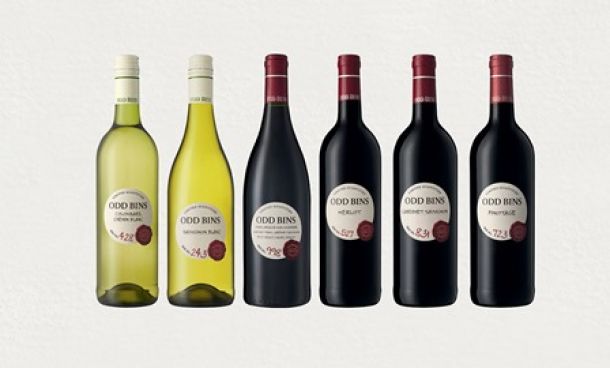Strategic growth required in SA wine industry
The local wine industry is running the risk of producing too low volumes over the next three years, especially with regard to the more expensive wines – in other words, the category that South Africa is hoping to increase in order to boost its reputation overseas. This is the opinion of Hein Koegelenberg, CEO of La Motte, near Franschhoek.
In 2014, SA wine exports reached R8bn. While this figure was slightly higher than the R7.9bn produced in 2013, according to data in the Economic Survey of SA Agriculture, which has been adjusted by Sars and SA Wine Industry Information and Systems (Sawis), volumes dropped 19.6% over the same period.
In terms of agricultural products, SA’s wine exports are only exceeded in value by citrus exports.
The drop in production volumes is, among others, attributed to the removal of old vineyards at a greater rate than new stock has been planted since 2006.
This goes hand in hand with little or no growth in the producer price of wine grapes and the waning profitability of some of the wine farmers.
In addition, the producers’ organisation VinPro is expecting a year-on-year increase of 10% in production costs to reach a level of R45 519/ha.
According to VinPro’s figures, the net farming income of wine farmers who were among the top third in 2015 was R21 063/ha or more.
The smaller harvest expected in 2016, owing to less rain, could negatively affect wine farmers’ profitability even further.
How about SA’s exports?
In 2013, export volumes reached a high, thanks to favourable local production conditions. In addition, this could be fully exploited due to the fact that some European countries had smaller harvests. However, in 2014 exports once again dropped.
Dennis Matsane, a spokesperson for SA’s largest wine company, Distell, points out that the slight increase in the value of wine exports in 2014 could be ascribed to a reduction in bulk exports of 65% in 2013 to 57% in 2014 and therefore a concommitant increase in exports of bottled wines.
This data does, however, indicate two bottlenecks:
The value of wine exports should in fact have been quite a bit higher in 2014 given the rand’s continued weakening since the middle of 2012.
The increase in exports of bottled wines in 2014 did not quite reach the expected price points and hoped-for margins.
Rico Basson, executive director of VinPro, points out that importers are objecting to pass on the full benefit of the weakening rand to SA wine producers.
According to him, the volumes exported by local roleplayers are simply too small compared to those of our major competitors, with the result that they cannot flex their muscles in all cases when it comes to price negotiations.
Koegelenberg points out that the average price point achieved for a bottle of wine by SA in the UK is only £5.37 (R116), while the average price point in this market is £6.34 (R138).
Koegelenberg says that France, with 44%, has the biggest share of the Chinese wine market, while the market shares of Australia, Argentina and Chile are 15%, 8% and 8% respectively.
On the other hand, SA’s share of the Chinese wine market is only 2%, of which La Motte’s brands represent one third.
This is an excerpt from an article that originally appeared in the 26 November 2015 edition of finweek. Buy and download the magazine here.
News Category
- International retailers
- On the move
- Awards and achievements
- Legislation
- Wine and liquor
- Africa
- Going green
- Supplier news
- Research tools
- Retailer trading results
- Supply chain
- Innovation and technology
- Economic factors
- Crime and security
- Store Openings
- Marketing and Promotions
- Social Responsibility
- Brand Press Office
Related Articles

Makro secures exclusive rights to SA’s most sou...

Checkers adds 41 new wines to Odd Bins range

With petrol at almost R20 a litre, food prices ...

Petrol price shocker for South Africa


